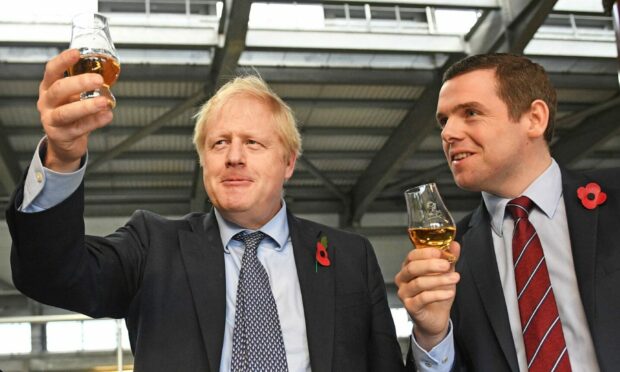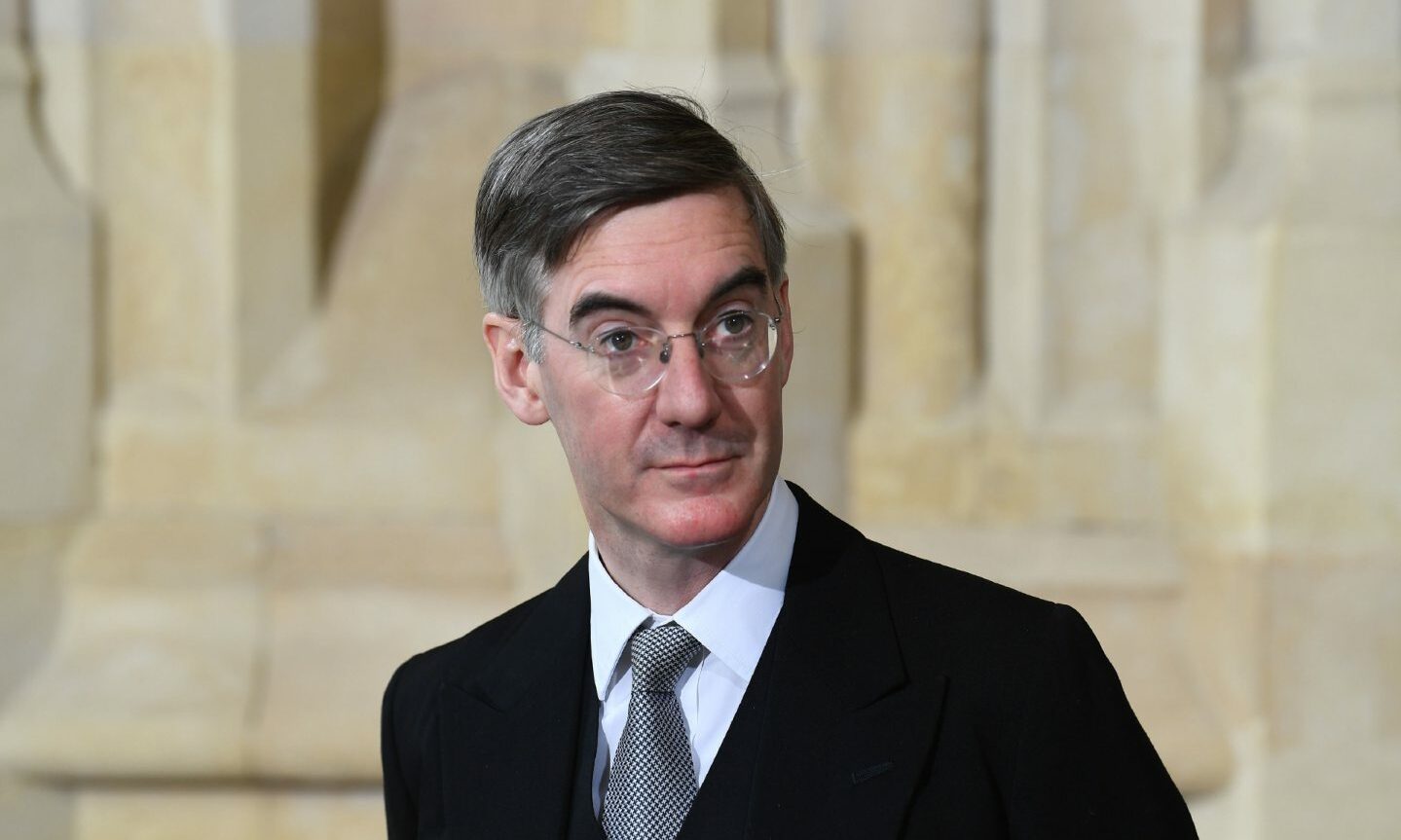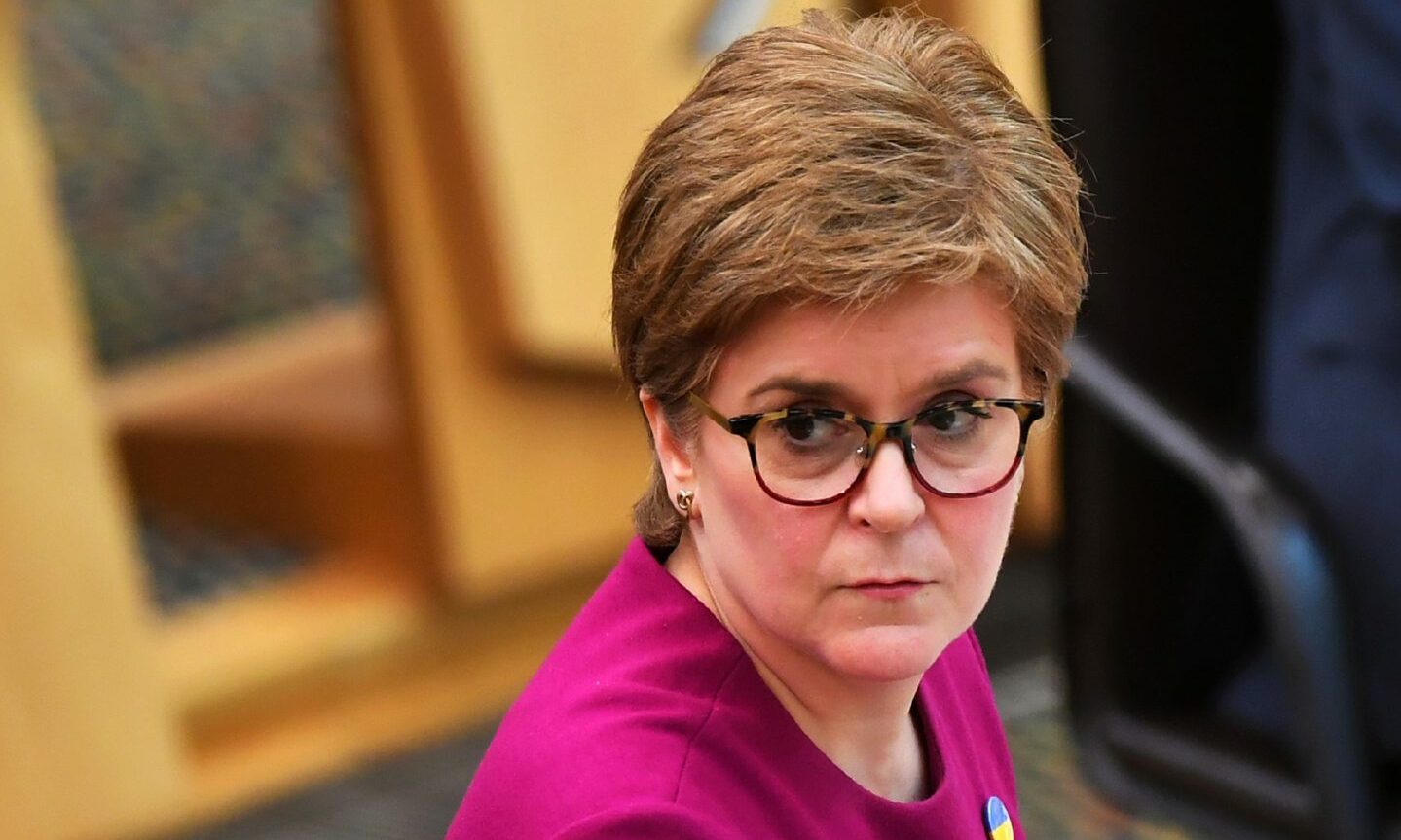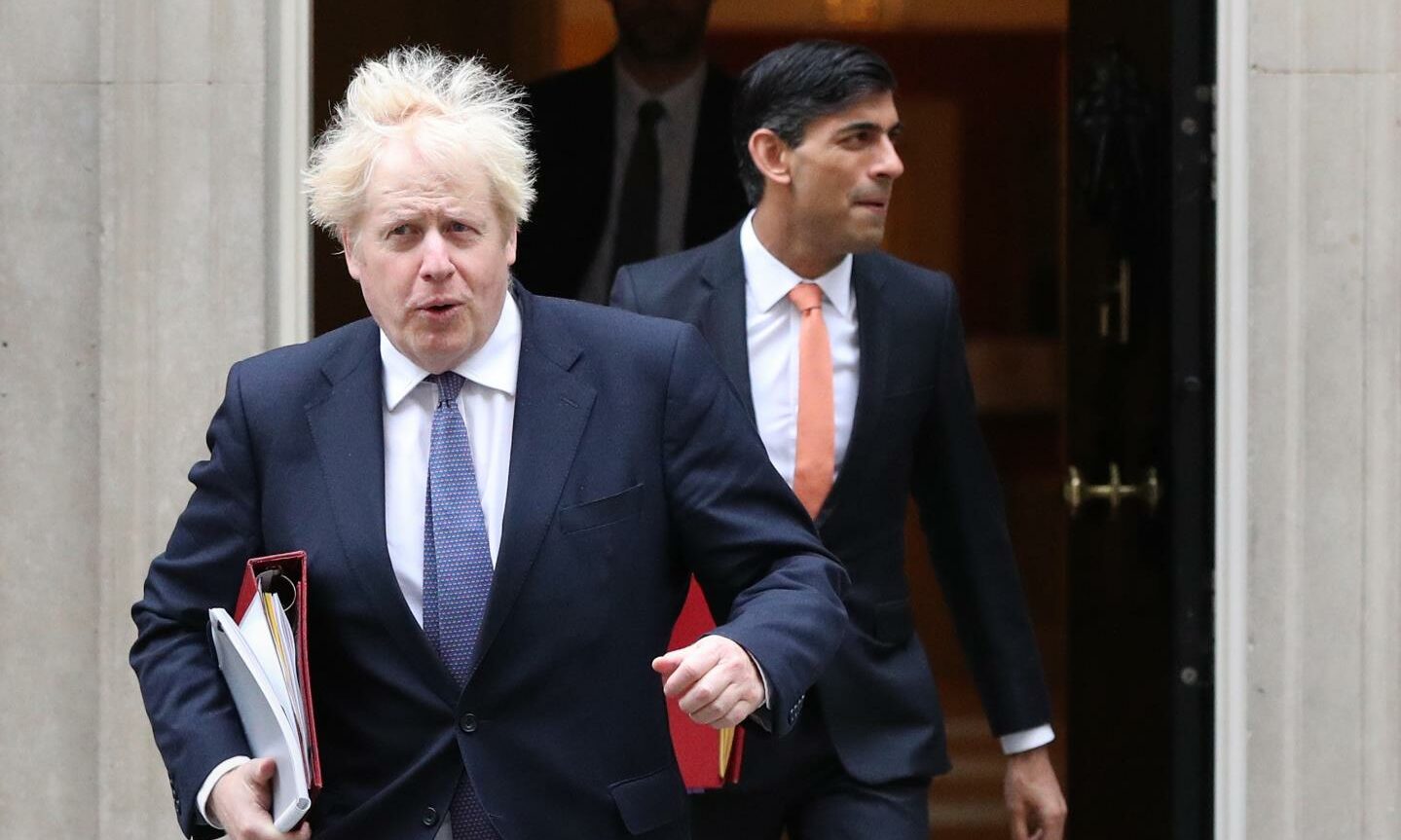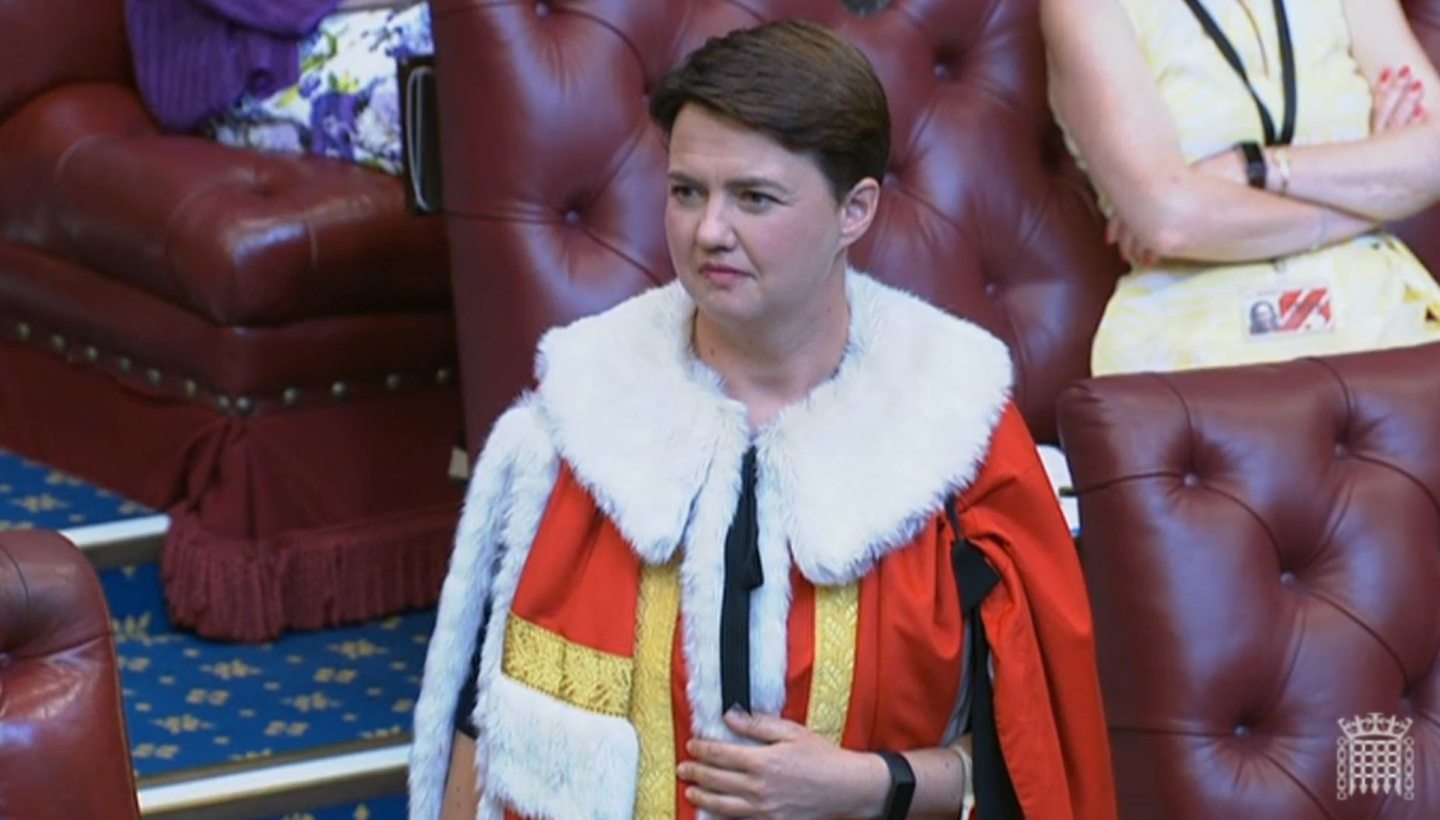When Douglas Ross demanded Boris Johnson resign in January, it seemed inconceivable he would later become an ally of the prime minister again.
The Scottish Conservative leader sparked a Tory civil war after insisting his boss had no choice but to step down over partygate.
To some it was a risky move, since it meant Mr Ross would be left in a tricky position if the PM refused to go.
But it also allowed him to distance his Holyrood party from the Westminster fiasco months before a crucial election.
Since then his position has changed – and Mr Ross now faces renewed pressure to reverse his stance for a second time as fresh partygate photos emerge.
Here’s how his position on Mr Johnson has evolved.
‘His position is no longer tenable’
Mr Ross was one of the first senior Tories to stick his head above the parapet when it became clear the prime minister had repeatedly broken lockdown.
In a significant intervention, the Moray MP said with regret that his leader should step down.
His demands saw him branded a “lightweight” by Tory cabinet secretary Jacob Rees-Mogg.
But Mr Ross, who is also a Highlands and Islands MSP, was able to count on the backing of his party at Holyrood.
Ex-Tory chief Ruth Davidson also insisted Mr Johnson should quit for breaking lockdown, giving her successor a welcome boost.
So, what changed?
‘Now is not the right time’
As the Met Police launched their investigation and Sue Gray’s full report was delayed, it became clear Mr Johnson had no plans to bow out gracefully.
The Scottish Tories were left with the prospect of entering the local elections opposing their own leader at Westminster.
Near the end of February, Vladimir Putin launched his illegal invasion of Ukraine.
Focus shifted away from the partygate scandal as the UK provided Volodymyr Zelenskyy’s government with aid, giving the prime minister a reprieve.
It was then that Douglas Ross U-turned on his original stance, instead arguing he should remain in power while a major war in Europe raged on.
The Scottish Tory chief was branded “spineless” by SNP and Labour rivals.
Partygate fines and election humiliation
If Douglas Ross hoped focus would stay shifted away from partygate, then he was soon to be bitterly disappointed.
The prime minister and chancellor Rishi Sunak were both fined for June 2020 lockdown breaches, bringing the scandal back into the public eye.
Despite proof that Mr Johnson and colleagues had broken the rules, Mr Ross insisted he should not be removed due to the Ukraine crisis.
Angry voters soon made their feelings known earlier this month as the Tories suffered devastating losses in the local elections.
Douglas Ross admitted some Scottish Conservative supporters had shown their disdain for the PM’s behaviour by staying at home.
But he still refused to call for Mr Johnson to quit for a second time, even though he blamed him for the election defeat.
What are Scottish Tories saying now?
Most Tory MSPs in Scotland backed their leader’s U-turn in March and insisted that the Ukraine war should take precedence.
So far only North East MSP Maurice Golden and South Scotland Tory Brian Whittle have continued to insist the prime minister should stand down.
But Mr Ross faced criticism from internal party sources following the Holyrood election with his confusing stance on the prime minister questioned.
Veteran MSP Liz Smith said it was difficult for her party chief to blame Mr Johnson for the election backlash while continuing to defend him.
Meanwhile, Ms Davidson said it was difficult to see why loyal Scottish Tory MPs – including Douglas Ross had “chosen to do nothing”.
With fresh Downing Street photos emerging and the final Sue Gray report to come out this week, it’s unlikely pressure on the Scottish Tory boss will ease up anytime soon.
